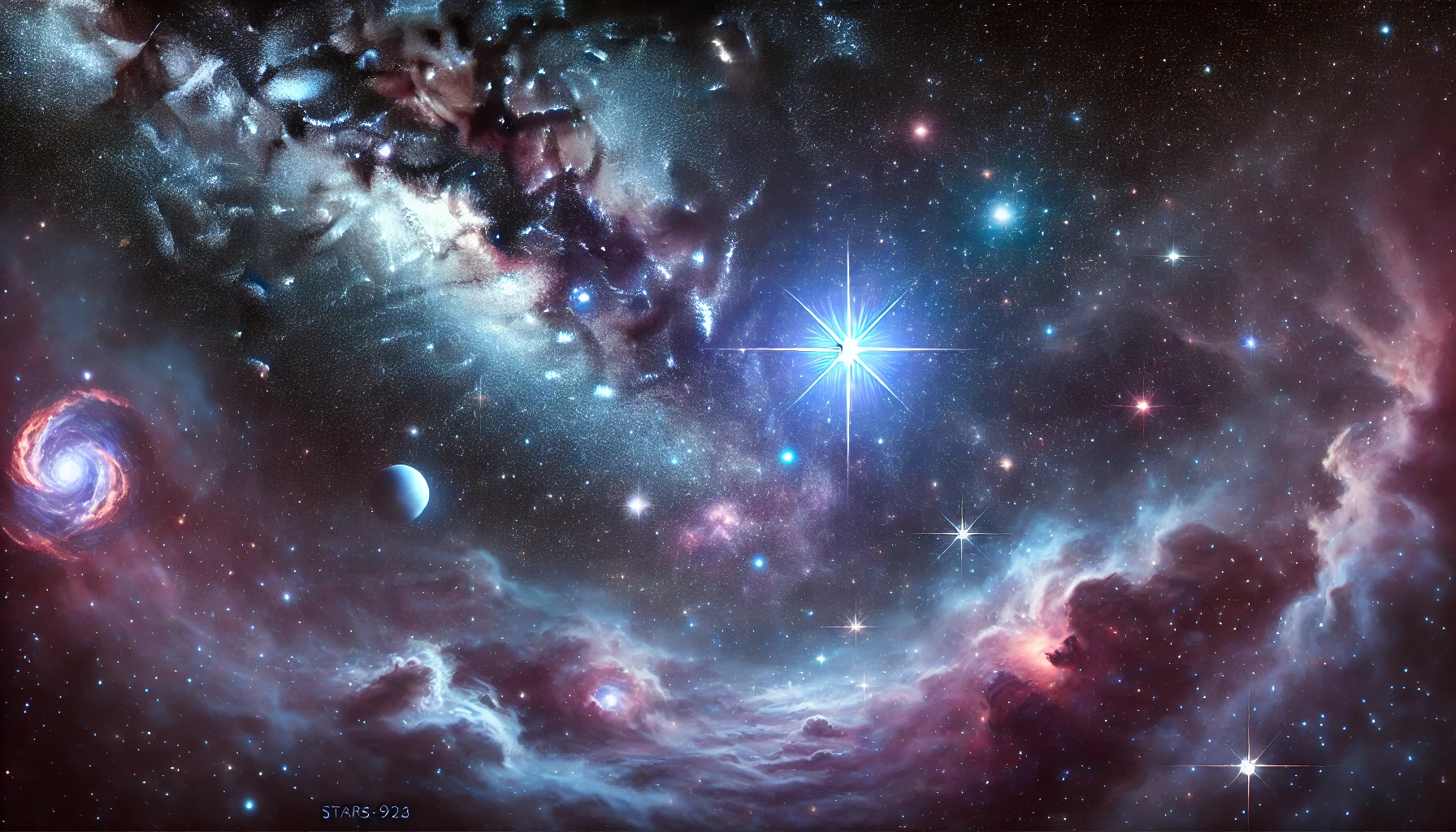Stars-923: A Mysterious Celestial Phenomenon

Exploring the night sky often leads to breathtaking discoveries, and stars-923 stands out as a phenomenon of intrigue and wonder. Astronomers and enthusiasts alike have long been captivated by its unique properties, sparking discussions and advancing scientific inquiry. This article will delve deep into the nature of stars-923, exploring its origins, significance, and what it reveals about our universe.
Understanding Stars-923: An Astronomical Marvel
Stars-923 is not your typical celestial body. It belongs to a class of phenomena that challenge traditional astronomical categorizations. With a composition that hints at complex processes, this stellar entity intrigues researchers due to its unusual luminosity patterns and spectral signatures.
Scientists believe that stars-923 could offer insights into the life cycles of stars, particularly those undergoing rare transformations. Observations suggest it is either in a transitional phase or influenced by external cosmic forces, making it a valuable subject for further study.
The Cosmic Origins of Stars-923
The origins of stars-923 trace back to stellar nurseries where interstellar clouds collapse under gravity, forming new stars. However, its peculiar properties indicate a deviation from typical stellar evolution. Theories propose that it could have formed in a region with higher concentrations of dark matter or been influenced by gravitational interactions with nearby massive objects.
Its formation likely occurred millions of years ago, with cosmic events shaping its current state. Studying stars-923 helps scientists understand these early processes, shedding light on the dynamics of star formation.
How Stars-923 Fits into the Stellar Classification
Astronomers classify stars based on their temperature, luminosity, and spectral characteristics. Stars-923, however, defies simple classification due to its unique attributes. It exhibits traits similar to both variable stars and neutron stars, with rapid fluctuations in brightness and an unusually dense core.
These anomalies prompt scientists to reconsider the boundaries of stellar categories. By analyzing stars-923, researchers hope to refine existing models and develop more comprehensive classification systems.
Stars-923 and Its Role in Cosmic Mapping
Mapping the universe involves identifying celestial markers, and stars-923 plays a crucial role in this endeavor. Its distinct location and brightness make it a valuable reference point for measuring distances and mapping galactic structures.
Astrophysicists use stars-923 as a calibration tool in various observational studies. Its stability in certain spectral bands provides a reliable baseline, helping to improve the accuracy of cosmic distance measurements.
The Spectral Signature of Stars-923
One of the most intriguing aspects of stars-923 is its spectral signature. It emits light across a wide range of wavelengths, with peaks in regions that suggest unusual chemical compositions. These spectral lines indicate the presence of heavy elements, hinting at nucleosynthesis processes that may differ from those in ordinary stars.
Understanding these signatures requires advanced instruments, including space-based telescopes equipped with high-resolution spectrometers. Ongoing studies aim to decode the complex interplay of elements within stars-923.
Variable Luminosity and Its Implications
Stars-923 is known for its variable luminosity, a feature that sets it apart from many other celestial bodies. These fluctuations occur over relatively short periods, suggesting dynamic processes within or around the star. Possible explanations include interactions with a companion object or internal pulsations driven by fusion reactions.
Such variability provides critical clues about the star’s internal structure and energy distribution. By monitoring these changes, scientists gain insights into the physical mechanisms governing stellar behavior.
The Importance of Stars-923 in Modern Astronomy
Modern astronomy relies on anomalies like stars-923 to test and refine theoretical models. This celestial body challenges conventional wisdom, prompting researchers to explore new hypotheses and develop innovative observational techniques.
Stars-923’s study has already led to advancements in understanding stellar magnetism and gravitational wave sources. As research continues, its contributions to the field are expected to grow, influencing both theoretical and observational astronomy.
Observation Techniques for Stars-923
Observing stars-923 requires specialized equipment due to its unique characteristics. Ground-based observatories use adaptive optics to counter atmospheric distortions, while space telescopes provide clearer views unaffected by Earth’s atmosphere.
Radio, optical, and X-ray observations are commonly employed to capture different aspects of stars-923. Each method offers distinct advantages, allowing scientists to build a comprehensive picture of this enigmatic star.
Challenges in Studying Stars-923
Despite its significance, studying stars-923 presents several challenges. Its variability complicates data collection, requiring continuous monitoring to capture its full range of behaviors. Additionally, its location in a dense star field can make isolating its signals difficult.
These hurdles necessitate the development of sophisticated data analysis techniques and collaborative efforts among international research teams. Overcoming these challenges promises to unlock new layers of understanding.
What Makes Stars-923 Unique?
Stars-923 stands out for several reasons, including its unusual spectral lines, rapid brightness changes, and potential interaction with exotic cosmic entities. These features make it a prime candidate for studying phenomena like stellar oscillations, magnetic fields, and gravitational interactions.
Each discovery related to stars-923 adds a piece to the puzzle of cosmic evolution, highlighting its importance in the broader astronomical landscape.
Frequently Asked Questions
What is stars-923?
Stars-923 is a unique celestial phenomenon characterized by its variable luminosity and unusual spectral properties, offering valuable insights into stellar evolution.
How was stars-923 discovered?
Stars-923 was identified through advanced sky surveys that use sensitive instruments to detect anomalies in star fields.
Why is stars-923 important to astronomy?
It helps refine models of stellar behavior, improve cosmic mapping, and deepen our understanding of the universe’s dynamic processes.
What makes stars-923 different from other stars?
Its distinctive features include rapid brightness changes, unique spectral signatures, and possible interactions with exotic cosmic objects.
Can stars-923 be observed with amateur telescopes?
Observing stars-923 typically requires professional-grade equipment due to its variability and specific location within a dense star field.
What future research is planned for stars-923?
Upcoming studies aim to explore its internal structure, chemical composition, and potential role as a gravitational wave source.






